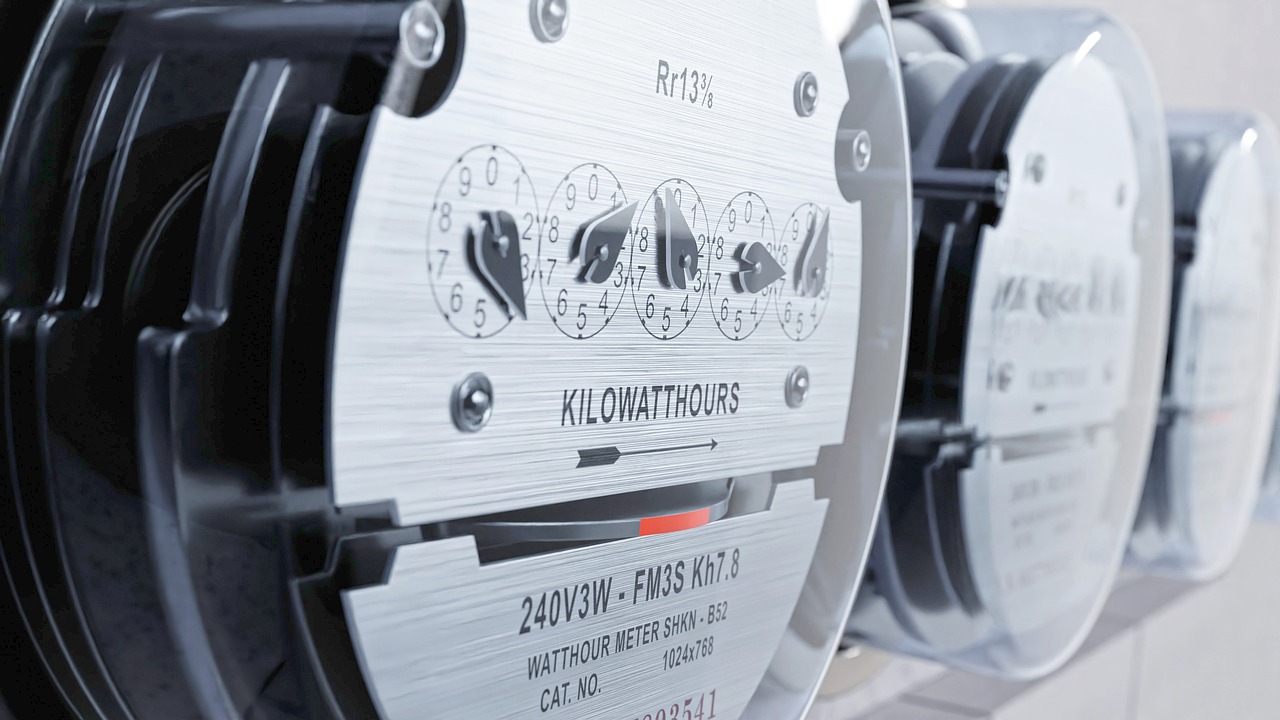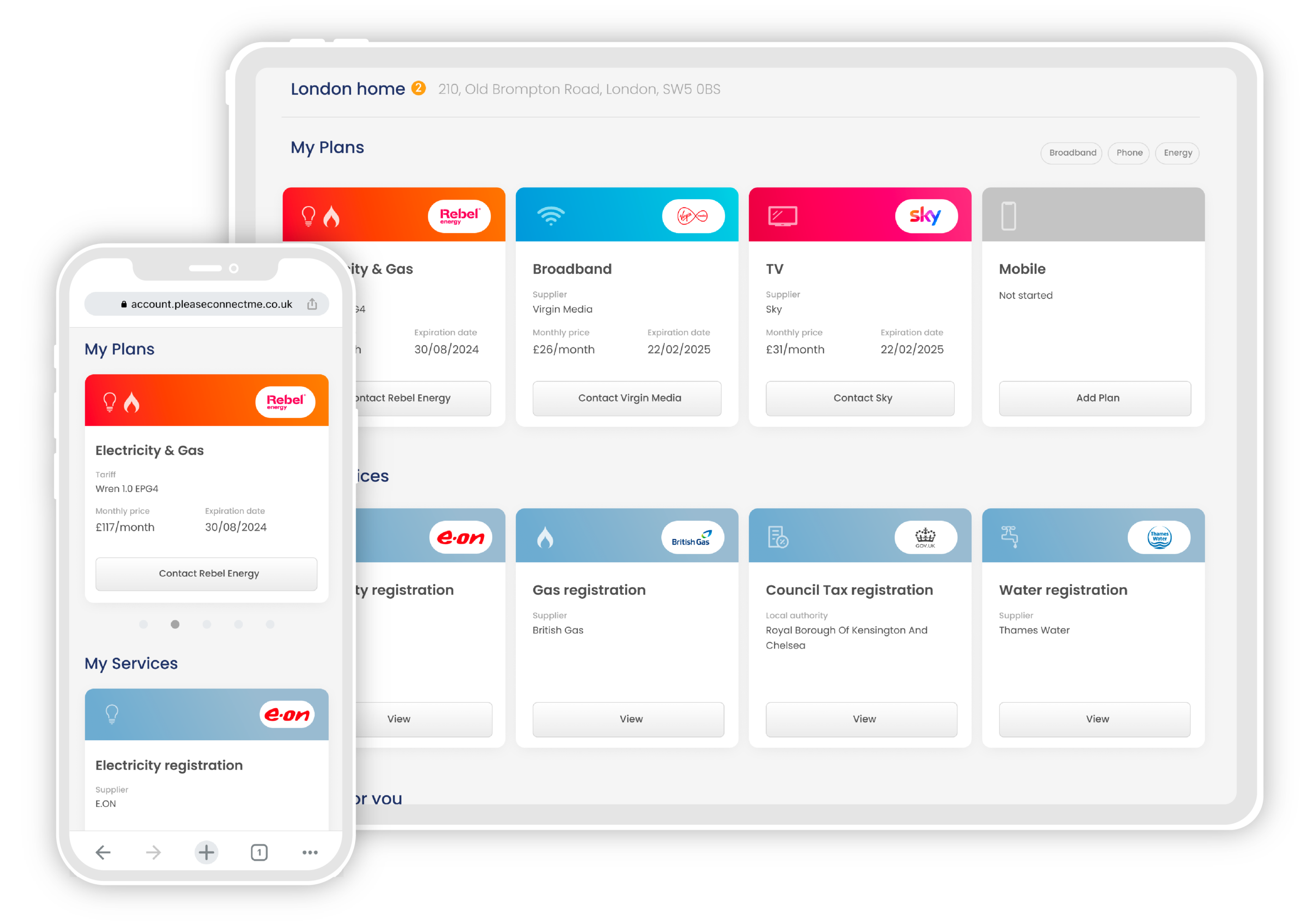Market analysts at Cornwall Insights have officially released their predictions for the October energy price cap.
While the new price cap won’t be confirmed by Ofgem until August 25th, Cornwall Insights have a track record of accurately predicting the new unit rates ahead of time.
So, what do their analysts predict for the October price cap, and for how the price of energy will change in 2024?
What is the energy price cap?
Originally introduced in January 2019 by Theresa May’s government, the energy price cap is a maximum limit set on the unit prices for gas and electricity that energy suppliers can charge their customers out of contract.
Before the price cap, customers found themselves paying exorbitant prices for energy without realising as suppliers were free to set their own out-of-contract prices.
While it’s usually expressed as an annual total, currently £2,074 a year, the price cap is actually a per-unit limit. Customer’s bills are based on their actual usage, but to make understanding the cap easier it’s expressed as the annual bill for a typical family.
The price cap is adjusted every 3 months, with the next change due October 1st. The October energy price cap will be announced next Friday, on August 25th, but there have already been firm predictions made about the new price cap.
What are the predictions for the October energy price cap?
It’s expected that the new energy price cap will be £1,823, down from the current average of £2,074.
This will be reflected in new, lower unit rates for customers on variable tariffs, but the decrease won’t be as significant as it appears on paper. This is because Ofgem are also reducing the amount of energy that they consider average due to households reducing their overall energy consumption.
Based on the same consumption, the new price cap would be £1,925.
Want to know how much you’ll pay based on your own usage? Once the new unit rates have been confirmed we’ll be updating our free utility bills calculator so you can see exactly how much your energy bills will cost.
What’s predicted for the price cap after October?
Back in early July, we reported on the warnings from Centrica boss Chris O’Shea that energy prices would remain volatile for some time, especially while the conflict in Ukraine is ongoing.
At that point, Centrica was predicting a drop in the price cap in October similar to the one that we are expecting. At the next price cap review for January to March 2024, however, O’Shea predicted that the price cap would rise again.
Cornwall Insights agree with this assessment, predicting that in January prices will rise to higher than their current levels based on the same average usage statistics, although the quoted price cap will be slightly lower because of the new calculations.
Dr Craig Lowrey, Principal Consultant at Cornwall Insight, joined the call for the end of the energy price cap, saying ‘It is essential that the government explore alternative solutions, such as social tariffs, to ensure stability and affordability for consumers.’ With criticism of the price cap coming from within and without Ofgem, the likelihood of an overhaul or even removal of the energy price cap seems to be growing daily.
He also called attention to the fragility of the energy market’s recovery. The predicted rise in the energy price cap in January is in part because of ongoing strikes at Liquid Natural Gas facilities in Australia. Lowrey predicts that similar worldwide events will continue to dictate our energy costs, ‘ In the same way as we saw wholesale market volatility impact our cap forecasts last year, similar developments risk causing sharp changes in household bills in 2024.’
What does the new price cap mean for customers?
Factoring in the new lower average usage, customers on variable tariffs will see their bills drop by around 7% from October. For the customers still recovering from energy price jumps, the reduction in price cap is good news, but far more welcome is the return of fixed rate tariffs from energy providers over the last few months. While these guaranteed-price tariffs effectively vanished during the energy crisis, they are once again being made available to existing and – in some providers’ cases – new customers.
A fixed-rate tariff guarantees your energy unit rates for the duration of the contract. For customers concerned about the potential for future energy price hikes, the peace of mind from knowing their prices are guaranteed is far more valuable than the current small reduction in the price cap.
Ultimately, as Lowrey and others have said, the energy price cap is an imperfect and broad solution to the problem of households struggling to afford fuel. A more targeted approach, such as a social tariff, may be the only long-term solution that allows for both a robust energy market and protects vulnerable people from being unable to afford to heat and light their homes.
Read more about energy in the UK:
- Is this the end of the energy price cap?
- What happens when you switch energy providers?
- Centrica boss advises caution amid price cap predictions
- Customers of smaller energy companies are happier with their service













